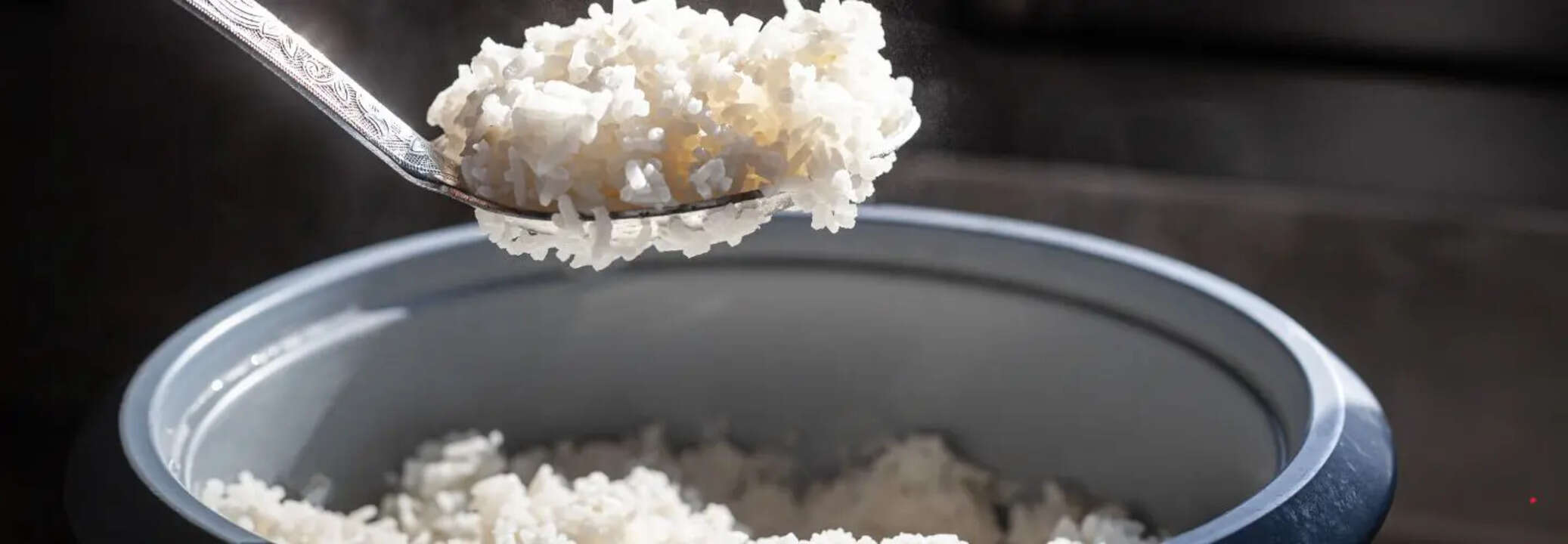Reheating Rice Syndrome: Eating Leftover Rice Can Lead To Food Poisoning

Rice (Credit: Canva)
SummaryReheating Rice Syndrome is an infection caused by the Bacillus cereus, a bacteria that thrives on starch left at room temperature for hours. Besides rice, it also grows on pasta, potatoes and other food items.
End of Article
